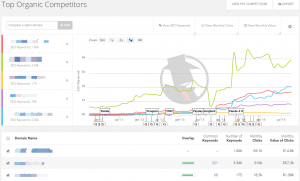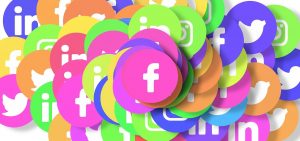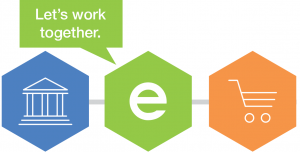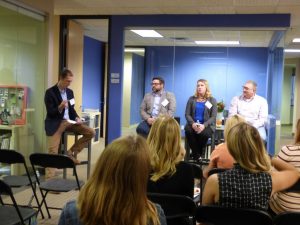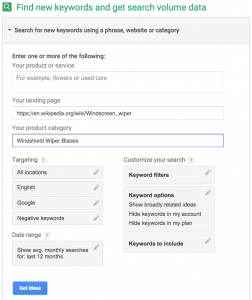— November 19, 2017
What’s a good conversion rate? According to WordStream, the average conversion rate across industries is around 2.35%. But that does not tell you the complete story. Conversion rates can vary depending on the industry you are in, and the product you are selling. Not just that, the top 25% of businesses potentially convert at 5.31% or higher. If you are among the top 10% of businesses, the conversion rates are in double digits – over 11.45%. The key takeaway from this statistic is that the conversion rate on your website is never good enough. There is always an opportunity to make it better.
Widgets are an easy, yet an extremely effective way to quickly increase the conversion rate on your website. These are essentially small third party scripts that you may embed on your own web page to enable your visitors to perform specific actions. Widgets come with different utilities and in this article, we will take a look at some ways you can dramatically improve the conversion rate on your website with the help of widgets.
Lead capture
Lead generation is the fundamental objective of any marketing campaign. Visitors who sign up for a free trial, or subscribe to your newsletter are prospective buyers who need to be nurtured through a sales funnel. Lead generation widget make this task of capturing the information of these prospective buyers easy.
Hello Bar – This is a simple widget that floats on the top of your web page. Marketers may customize the message within the bar to nudge their visitors towards subscribing to a newsletter or to sign up for a free trial. Hello Bar starts at $ 4.95 per month for 100 click-throughs.
OptinMonster – OptinMonster is a comprehensive service that offers you widgets for a number of lead capturing scenarios – welcome mats, exit intent popups, content locking popups and countdown timers. Some of these strategies can be aggressive and may not get you a lot of visitor love. But the truth is, they work. OptinMonster starts at $ 9/month.
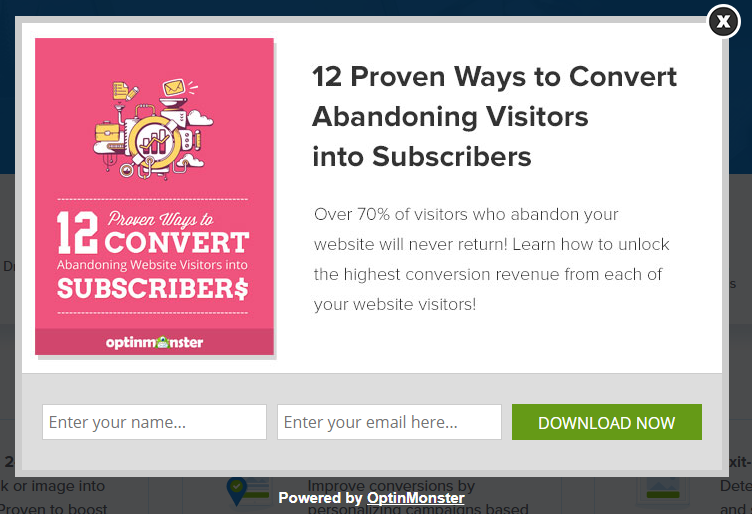
Interactive Calculators
Lead capture forms may sometimes seem like arm-twisting your visitors into signing up for your service. Not surprisingly, they have garnered a lot of hate in recent times. The alternative to this strategy is to provide the visitor with convincing proof about the benefit you provide them. For instance, if you are a solar panel manufacturer, you may want your visitor to fill a short survey about their electricity consumption and offer an estimate about their electricity savings by switching to solar. Alternately, a house cleaning service may want to know about the work involved before offering a quote. Interactive calculator widgets make it easy for businesses to deploy such engagement tools that drive conversion.
Widgefy – This is perhaps the most popular widget in this space. Widgefy lets marketers design a calculator that asks visitors a series of questions to qualify them as a lead. Visitors who answer these questions may then receive a personalized response over phone or email from the business based on their responses. Widgefy is free to use till the end of this year.
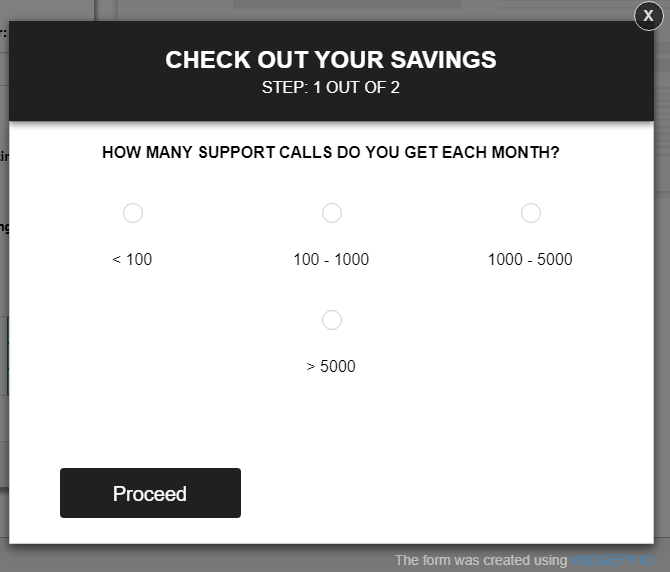
Chatbots & Online Assistants
Like in the real world, people shopping online may sometimes need to have their questions answered before making a purchase. Online chat assistants answer questions from interested buyers over tiny chat widgets that make real-time engagement possible between the buyer and the seller. Businesses that cannot afford a full-time chat assistant may instead deploy a chatbot that can answer most of the frequently asked questions from customers.
Tawk.to – There are dozens of live chat widgets that a business may pick from. Tawk.to is a popular option because it is completely free to use Like other chat widgets, tawk.to permits both real-time engagement and non-real-time communication (during your business off hours) that your assistant may reply to when they are back online.
Motion.ai – Chatbots are still an emerging industry in that no one business has mastered the art of seamlessly answering all kinds of customer questions. Among the more promising ones is Motion.ai which has recently been acquired by Hubspot. This is expected to become part of Hubspot’s portfolio of products by early next year and should be part of their Marketing Hub (starts with a free basic plan).
Appointment & Consultation Widgets
Some customers prefer talking to a human before making a purchase. This is especially true in the case of high ticket B2B products (equipment leasing, machinery, etc.) as well as in the case of local businesses (auto repair for instance) where the customer may not have an active email address. In such cases, a callback widget is extremely handy. These widgets let prospective buyers drop their phone number on your website so that the business may call the customer with their pitch.
This may however not be feasible for businesses that deal with hundreds of customers (salons, parlors, etc.). In such cases, an appointment scheduling widget lets the customer set up a quick appointment with your business. These widgets may be customized to capture the customer’s email or phone number.
Callbacktracker – This is a simple click-to-call widget that lets users drop their phone number on your website. The widget immediately sets up a call between you and the customer and is thus handy for quick consultations. The basic version of this tool costs $ 9/month for up to 100 text messages and no call minutes.
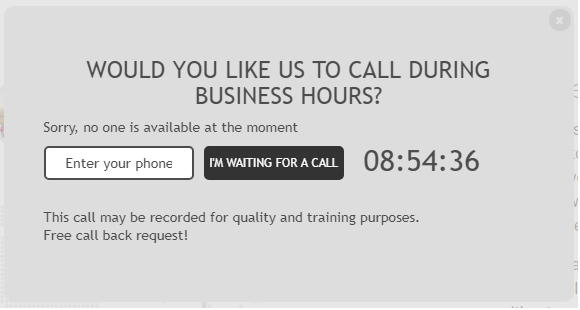
Calendly – Calendly is a popular widget that lets customers set up appointments with businesses they want to work with. There are dozens of alternate appointment scheduling tools you could choose from and these widgets all come with the option to book appointments over multiple locations, sync your calendar with Google or iCal and also seek prepayment from your customers in order to prevent no-shows. Calendly is free to use with its basic plan.
Widgets are extremely powerful in triggering conversion. Depending on your industry, the use of the widgets listed above can increase your conversion by as much as 80-100%. Share your own experiences with widgets in the comments below.
Digital & Social Articles on Business 2 Community
(81)
Report Post
